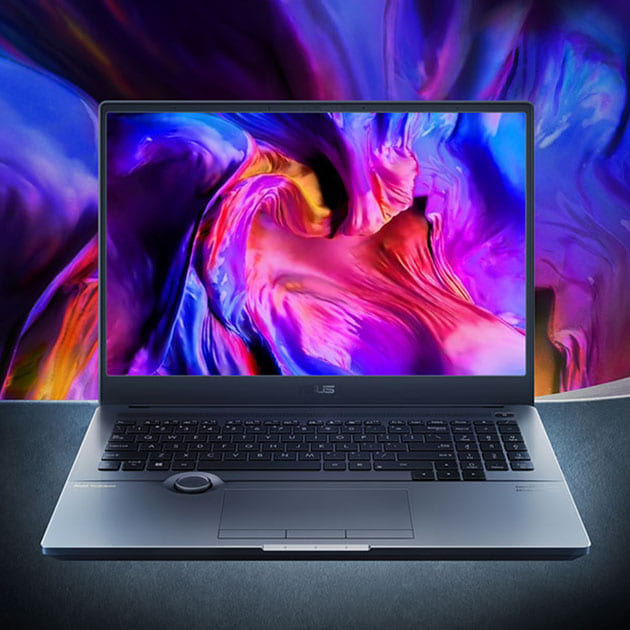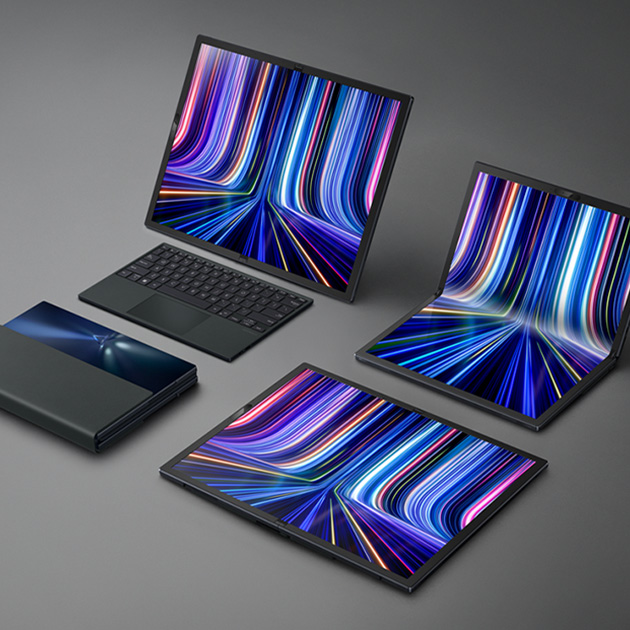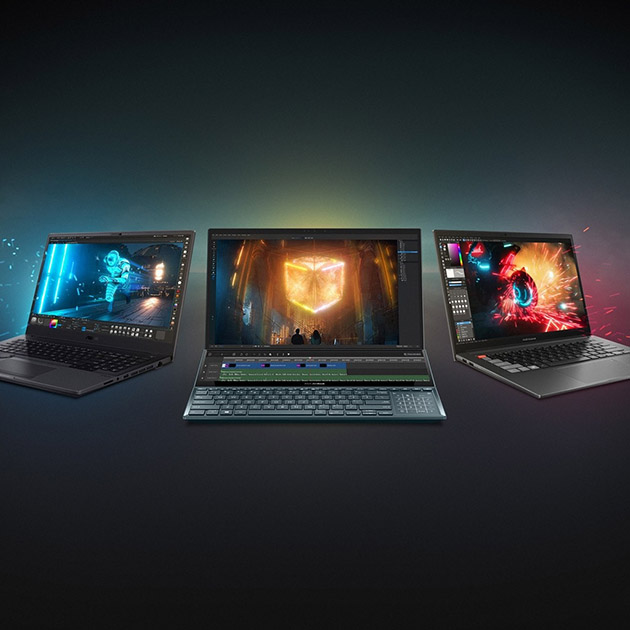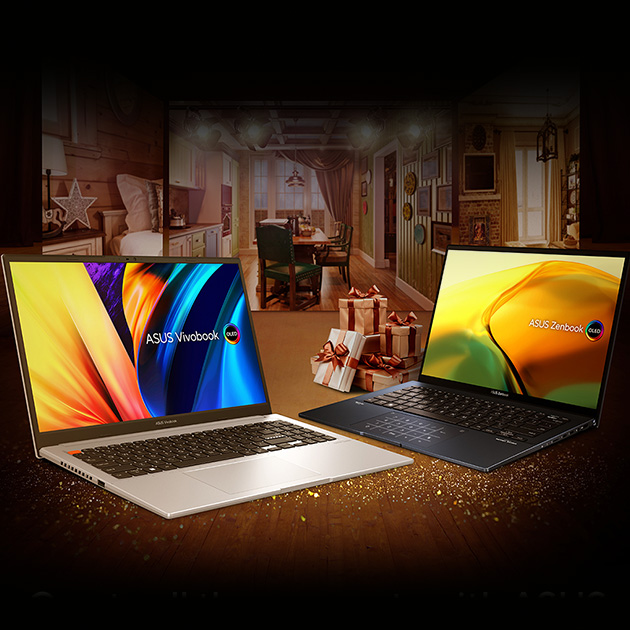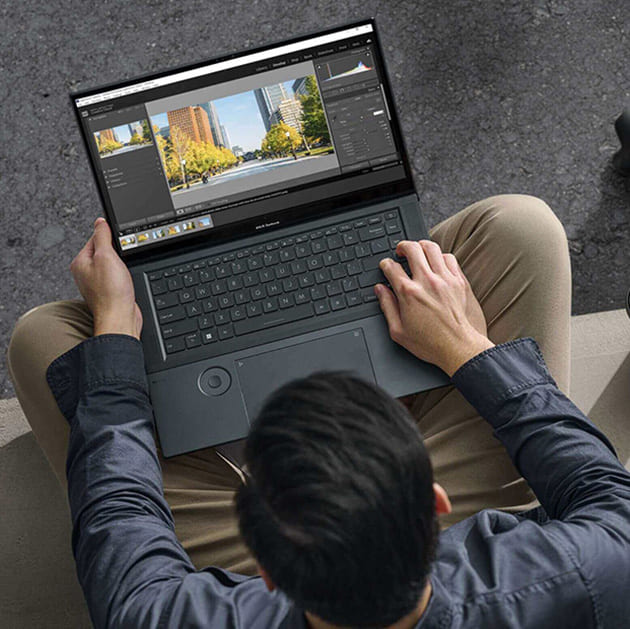
Jan 13, 2023
These days, content is everywhere. Just about anyone with a
phone or laptop can be a content creator, and nearly everyone
consumes it in some form or fashion. While this ever-expanding
cloud of content continues to shape the way we go through the
world, it also creates massive opportunities for brands willing
to understand how the modern customer spends their time online.
Whether targeting B2B or B2C audiences, brands have never had
more paths to their ideal customer. Meanwhile, customers no
longer view the companies they buy from simply as makers of
their favorite products; they’re interested in understanding and
relating with the brands on a deeper level. That means content
creates endless opportunities for companies to connect more
meaningfully with customers.
Here’s a look at some of the content creation trends brands can
hop aboard in 2023.
Human Touch
Through all the content platforms, innovations, and trends that
have emerged, great storytelling remains among the most
worthwhile investments a company can make. And great
storytelling tends to put human subjects at the forefront.
People-centric content helps brands showcase empathy and allows
their customers to see themselves and their values reflected.
While traditional advertising tends to hit consumers hard with a
sales message, content gives brands much more space and
creativity to interact with their audiences in deeper, more
meaningful ways, creating greater brand affinity in the process.
Content such as people-centric videos or brand journalism
addressing issues relevant to readers are fertile ground for
storytelling that brings to life the journeys of the intended
audience.
Example: ASUS’ holiday video
Grandpa’s Sonata
tells a story of how tech can help us create moments and
experiences.
Meme-ification
Memes tend to rise and fall quickly, so brands need to be
particularly engaged to take advantage. Here’s a common
scenario: A photo or screenshot catches the public’s eye and is,
on its face, already worthy of passing around—say, an enormous
container ship blocks the Suez Canal while a relatively tiny
excavator makes an attempt to dig it out. A couple people decide
to meme it, using the ship to symbolize something huge and
daunting while the excavator stands in for a small attempt to
make right. Everyone jumps in, and a full-blown phenomenon
breaks out.
To be successful in spinning memes in their favor, brands need
to have a solid understanding of their audience and brand voice.
Do it right—without going too brand-focused and while avoiding
anything cringe-worthy—and you’ll find a new and dynamic entry
point to forming customer relationships.
And if memes aren’t your brand’s cup of tea, finding other ways
to play off pop culture could be—whether through witty quips or
insights on current events, social media polls, or creative blog
posts.
Example: ASUS Republic of Gamers
reaches their audiences on Instagram with memes that are
probably
too relatable.
Metaverse
If you’ve been ignoring the metaverse, it may be time to rethink
that approach. In the simplest terms, the metaverse encompasses
the expanding virtual world, accessible through virtual reality,
that in various ways will grow to mimic more and more of the
physical world.
As it does, the web of e-commerce fueled from the metaverse will
also grow, whether users are purchasing virtual goods or
consuming experiences built or sponsored by brands. Companies
who understand the metaverse and its appeal can already get in
on the fun. One way to do so: working with artists selling their
work virtually.
Example: ASUS recently
teamed up with Philip Colbert on an event
to sell the renowned British artist’s unique lobster portraits
as NFTs and promote the unique ASUS Vivobook 13 Slate OLED
Philip Colbert Edition 2-in-1 laptop.
User-Generated Content
One great way to create massive amounts of content that brings
eyeballs to your business, without over-taxing your resources?
User-generated content. While it’s not a given that brands will
be able to spur genuine user interaction, user-generated content
provides massive upside when done well. Here are a few ideas to
consider:
-
Social media challenges: Offer prizes for the best responses
or captions to various photos, videos, or other content—or
simply invite your users to tag and follow to be entered to
win.
-
Hashtag movements: Encourage followers to chime in with
stories or takes with an underlying theme, tagging their
posts with a specific hashtag you’ve created.
-
Filters: Create photo or video filters that users genuinely
want to use, tagging your brand or social accounts on the
filter.
-
Forums and comments: Create forums or comment-enabled posts
on your website that encourage discussion.
Example: ASUS hosted a ProArtist
Award competition for content creators and digital artists. This
created connections by giving individual content creators an
opportunity and a platform to share their work.
You can see the award winner here.
High-Impact Visuals
When it comes to content, visuals dominate. Companies should
consider investing in video first, images second, and then text.
The keyword in that equation is invest. These days, anyone can
pull out a phone and snap a photo or take some video. But doing
it well is something else. For brands that want to create high
impact with their visuals, it’s worthwhile to hire professionals
to bring their projects to life and to provide them with the
tools they need to do the job well, such as the high-performance
ProArt Studiobook Pro 16 OLED
or
ASUS Zenbook Pro 16X OLED.
Example: ASUS Republic of Gamers
created a star-studded video “
We Are Those Who Dare.” The complex visual storytelling recreates the high-intensity
and immersive experiences of different fields and how tech can
bring them to new heights.
Virtual Influencers
One very new, up-and-coming digital marketing trend you may not
have heard of: the rise of virtual influencers. These are
nonhuman—but human-like—influencers that are quickly gaining
considerable followings. It’s easy to see why: Unbounded by
physical location, virtual influencers are held back only by
their own creativity.
Brands have latched on—not only because of the rapidly growing
reach of these virtual influencers, but also because working
with them generally allows greater control over the conception
and execution of marketing campaigns. And the end product
reaches a younger demographic many brands covet.
Example:
Teflon Sega
is a perfect example. The purple, animated singer releases one
song per week via his social media and streaming platforms. And
in a little more than a year, he’s topped 19 million Spotify
plays and 15 million YouTube plays, not to mention an Instagram
following of more than 120,000 people. Virtual influencers like
Teflon Sega may not be real, but their followings and the
influence they wield certainly are.
Here he is, enjoying the ASUS Zenbook 17 Fold OLED.
Interactive Content
Intersecting with many of the above digital marketing trends is
the idea of interactivity, which drives audience engagement.
Brands can, for instance, create a more interactive website that
goes beyond simply serving as a product catalog and instead
produces meaningful experiences for users.
Clothing companies that create virtual fitting rooms or
furniture companies that allow you to overlay furniture over
your photos have grasped this concept well.
There are many ways to boost interactivity. Virtual and
augmented reality can create experiences that stick with
consumers. Social media polls, questions, and quizzes can get
more customers involved in your company.
Overall, keeping interactivity at the forefront of your digital
suite can keep more of your audience engaged in your brand
experience for longer periods of time.
Example: ASUS ROG created an
original, digital version of a “Where’s Waldo” book (only, “Where’s ROG”) for people to explore during the Summer Is Coming Campaign.
Building Your Brand Awareness Through Content Creation
For companies that do it right, the rewards of great content are
immense. Content can shape a positive brand reputation and drive
recognition, improve your marketing, and ultimately boost sales
and impact the bottom line.
But content is a long-term commitment that requires time and
creativity if it’s to be done right. Content creators are
powerful, and equipping them with the right time and resources
to do their jobs only improves the return on investment.
Whether making videos or writing articles, creating memes or
finding other ways to stir up customer interaction, content
creators need the correct tools to do the job. With laptops for
every kind of creator and a full suite of other products to
drive productivity, ASUS has what creators need to take their
content to the next level.
Discover ASUS Creator Laptops







